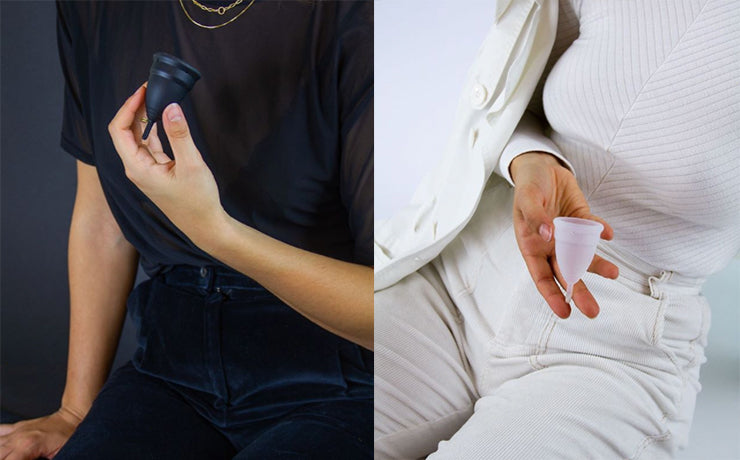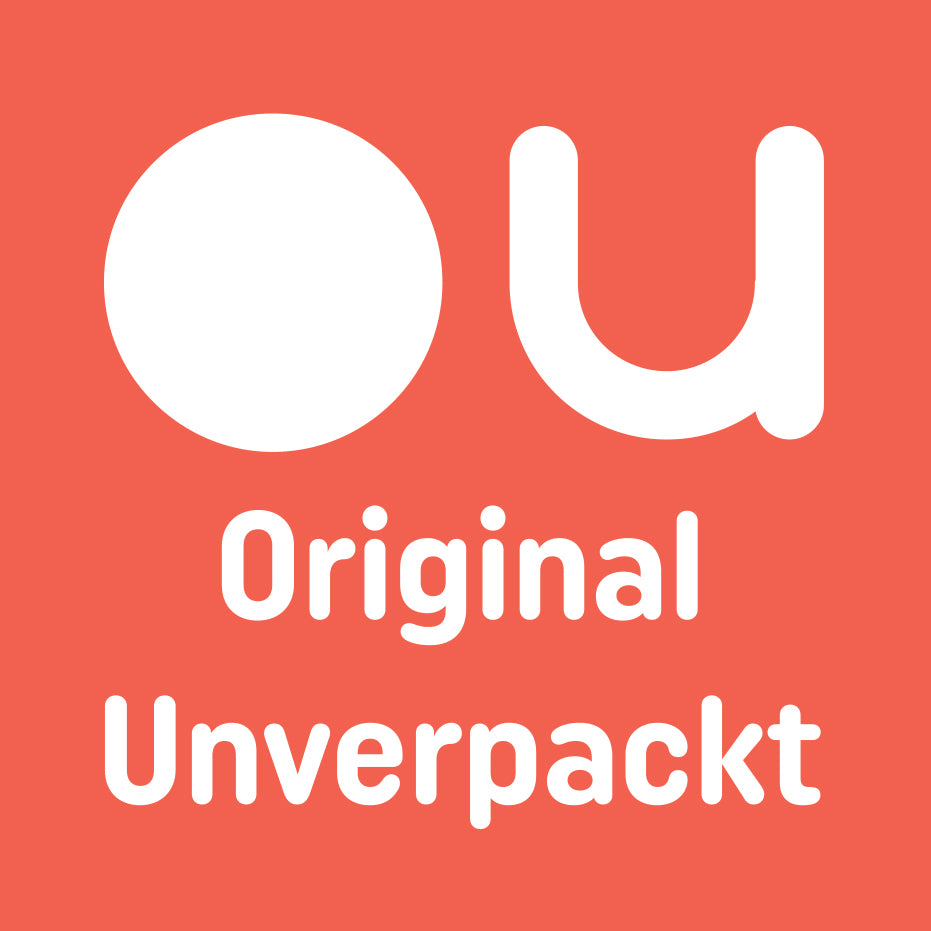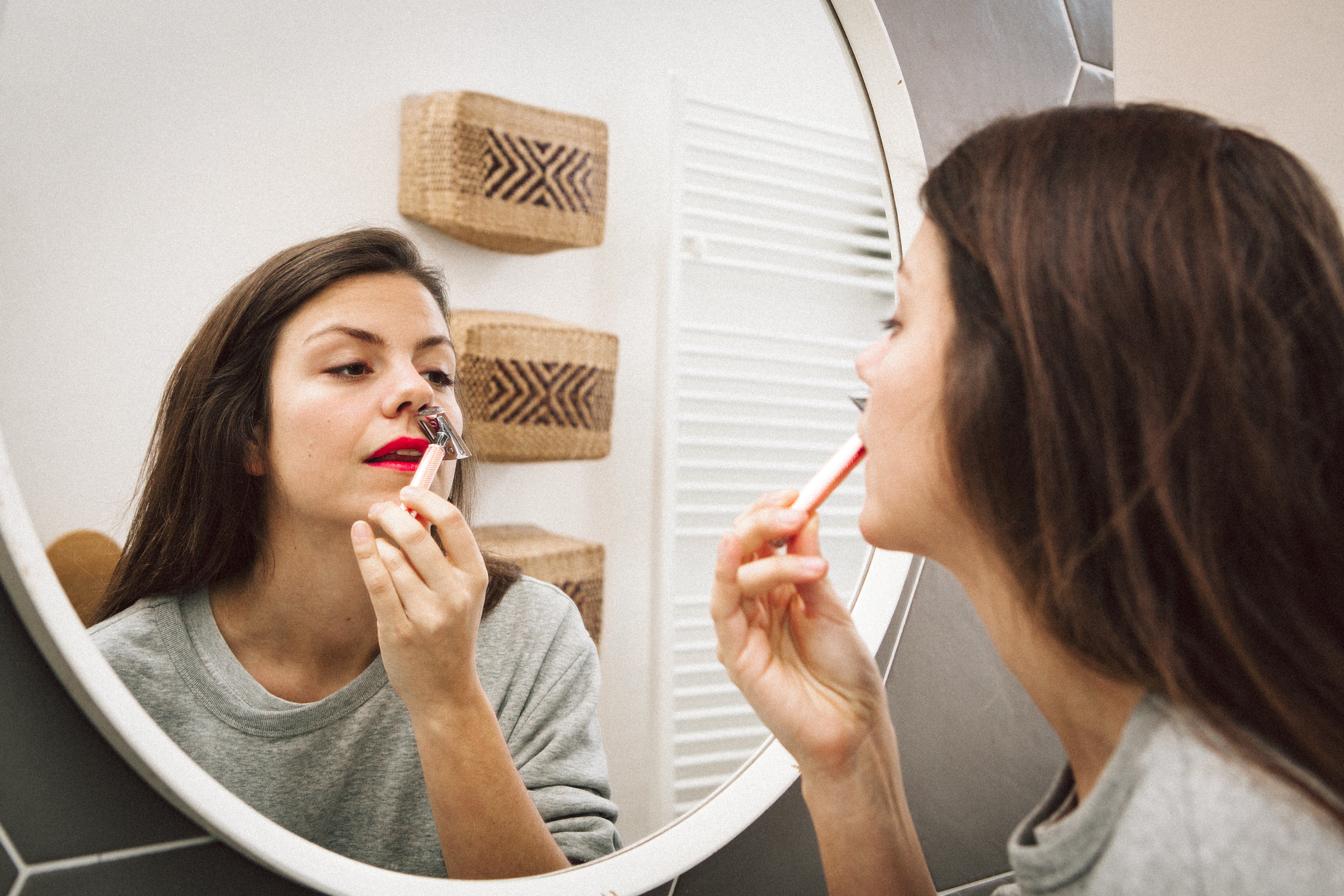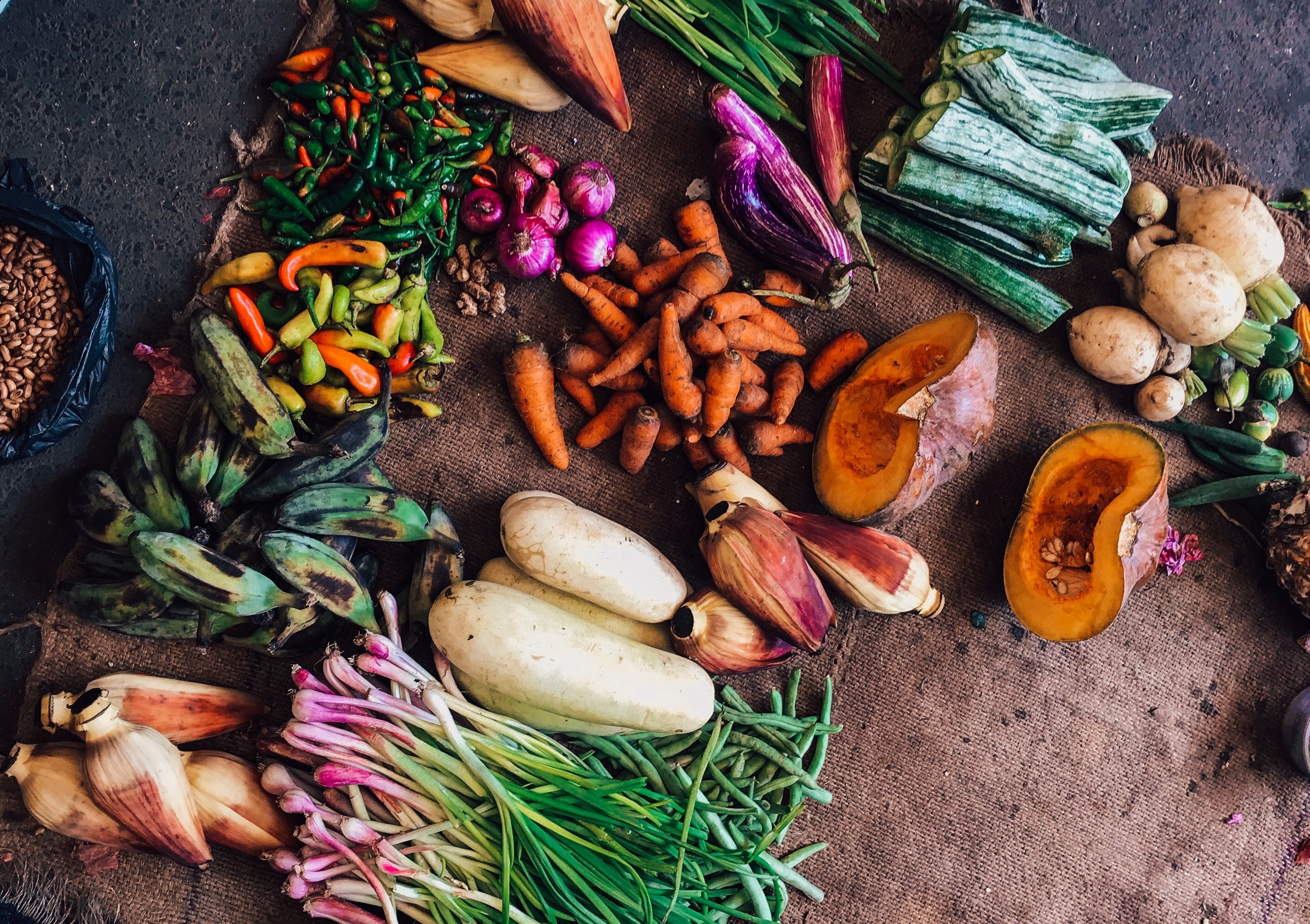
It's working for you - Sustainable menstruation
Every menstruating person uses an average of 16,000 sanitary towels or tampons in their lifetime. Did you know that in the EU alone, over 49 billion tampons, sanitary towels and panty liners are used every year? After use, these quickly become rubbish. The majority of conventional products contain plastic. The bottom line: thousands of tons of plastic waste. An environmentally friendly alternative is not far away. Periods can even be completely waste-free. Bloody awesome.
Menstruation is a really exciting topic for all zero-wasters. The bloody days can be made plastic-free in incredibly innovative and individual ways.
The environmental idea has not convinced you yet?
We'll go one step further: unfortunately, despite reduced VAT, period fun isn't exactly cheap. These 16,000 hygiene products have to be paid for. Menstruation costs an average of 20,000 euros over a lifetime. Ouch. Because disposable products are not only bad for the environment, they're also damn expensive. After just a few cycles, menstrual cups, cloth pads, etc. are cheaper.
For the unbelievers among you, here is an example calculation:
Period Cup
Cost per piece 13,50€ lasts up to 10 years
tampons
Cost per piece approx. 0.10€, single use
After 135 tampons, the cup is already cheaper. With an average consumption of 30 tampons per period, the cup is already cheaper after just under 5 periods.
So, you're finished raving and convinced. What are the alternatives?
Sustainable Menstrual Products
menstrual cups
Our OU internal all-time favorite. The menstrual cup is a real blessing for your period. The OU menstrual cup is made of medical silicone, is free of plasticizers and is barely noticeable when used correctly. Unlike conventional hygiene products such as tampons or sanitary pads made of bleached cotton and plastic, the menstrual cup does not interfere with the natural vaginal flora. Depending on the size, it holds 20-25 ml and can be worn for up to 12 hours. To clean the cup, simply boil it.
By the way: Some women who often had cramp-like abdominal pain during menstruation experience less severe or no period pain at all after switching to the menstrual cup.
The OU menstrual cup also does good. For every cup sold, we donate one euro to a woman in need in Germany. Whether she is a refugee, homeless or socially disadvantaged - we make no distinction and work with organizations that have direct contact with the women.
Washable tampons
Conventional tampons are not only packaged in plastic, they also have plastic inside the tampon. The absorbent core is surrounded by various polymers (polyethylene and/or polypropylene and/or polyester). Manufacturers do not have to state on the packaging which ingredients are in their tampons. For those who do not want to do without tampons, there are reusable tampons. Cloth tampons work just like normal disposable tampons. They absorb very well, are nice and soft and therefore super comfortable to wear and they come in different sizes. They can be worn for 4 to 5 hours. After wearing, simply rinse with cold water, ideally put in a wet bag for transport and wash at home at 60 degrees. Easy.
tampons made from organic cotton
A version of the tampon for those who are not happy with the washable method. Unfortunately, the absorbent core is also covered in plastic. But it is a more sustainable alternative. There are now places where you can get organic tampons in paper packaging.
cloth pads
Cloth pads work exactly the same as traditional pads. They are just more comfortable to wear and, unlike conventional pads, do not contain any plastic, meaning they are kind to the skin. They can be washed and can therefore be used again and again. Cloth pads are something that you could theoretically pass on to your own children. The high-quality organic cotton flannel of the outer layers quickly absorbs blood and drops of urine without the cloth pad feeling damp. Their absorbency is comparable to that of disposable products. The pad is attached to the underwear using two wings and a brass button. After use, the cloth pads are best rinsed with cold water and then washed in the washing machine at 60 degrees.
menstrual panties
Period underwear is worn like normal underwear and looks just like it. But it can do a lot more. An invisible absorbent layer is incorporated in the crotch area. The blood is passed on in a matter of seconds and the panties feel dry throughout. The period panties absorb 15 to 30 ml of blood and lock it in. They are odorless, leak-proof and can be worn for a long time. Period panties are comfortable and super easy to use. Also recommended for people who are new to their period. To clean, simply rinse with cold water after wearing and wash in the washing machine at 40 degrees. You can also put them in the washing machine with other clothes.
menstrual sponges
The menstrual sponge comes from the sea and is 100% natural. Once moistened, it becomes very soft and adapts perfectly to the body. It comes in different sizes and the absorbency is similar to that of a tampon. When it is full, it can be squeezed out or removed and rinsed out with the help of two fingers. This brings you into contact with the blood. So if you don't like that, you should try another option. It should always be rinsed with cold water otherwise it will become hard. After your period, it is cleaned in vinegar water. This kills the germs. Simply soak the sponge overnight and then let it dry. The sponge is very comfortable and can easily stay in during sex. It should be replaced after about six months to a year, but is still a cheap alternative as sponges only cost 4-10 euros each. Natural sponges are a type of sea creature and therefore not vegetarian or vegan.
Free Bleeding
Free bleeding does not involve using any period products. The aim is to go to the toilet at exactly the right moment. Since periods occur in intervals, it is about raising awareness and sensitivity to your own body. It is certainly not the easiest method and is not applicable to everyone. But of course it does not produce any waste and is not expensive.
Do you have any questions about the variants?
And which one do you like best?



Leave a comment
This site is protected by hCaptcha and the hCaptcha Privacy Policy and Terms of Service apply.